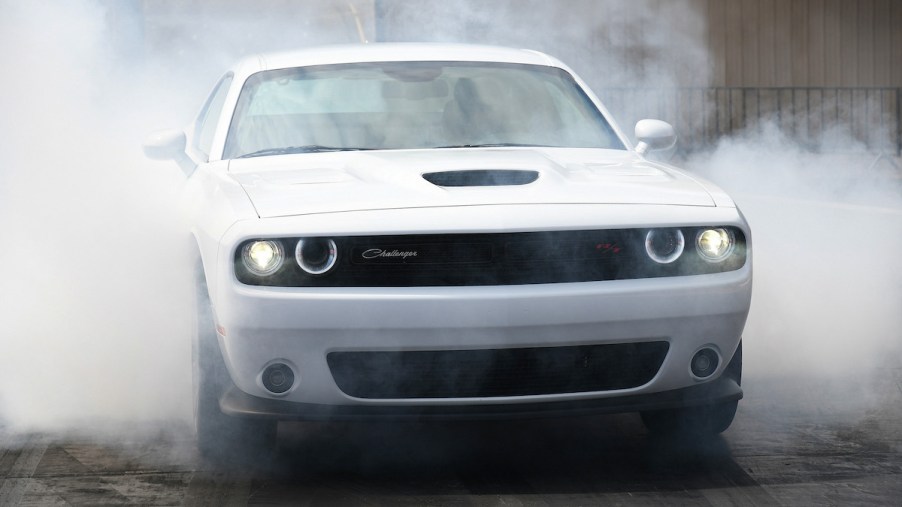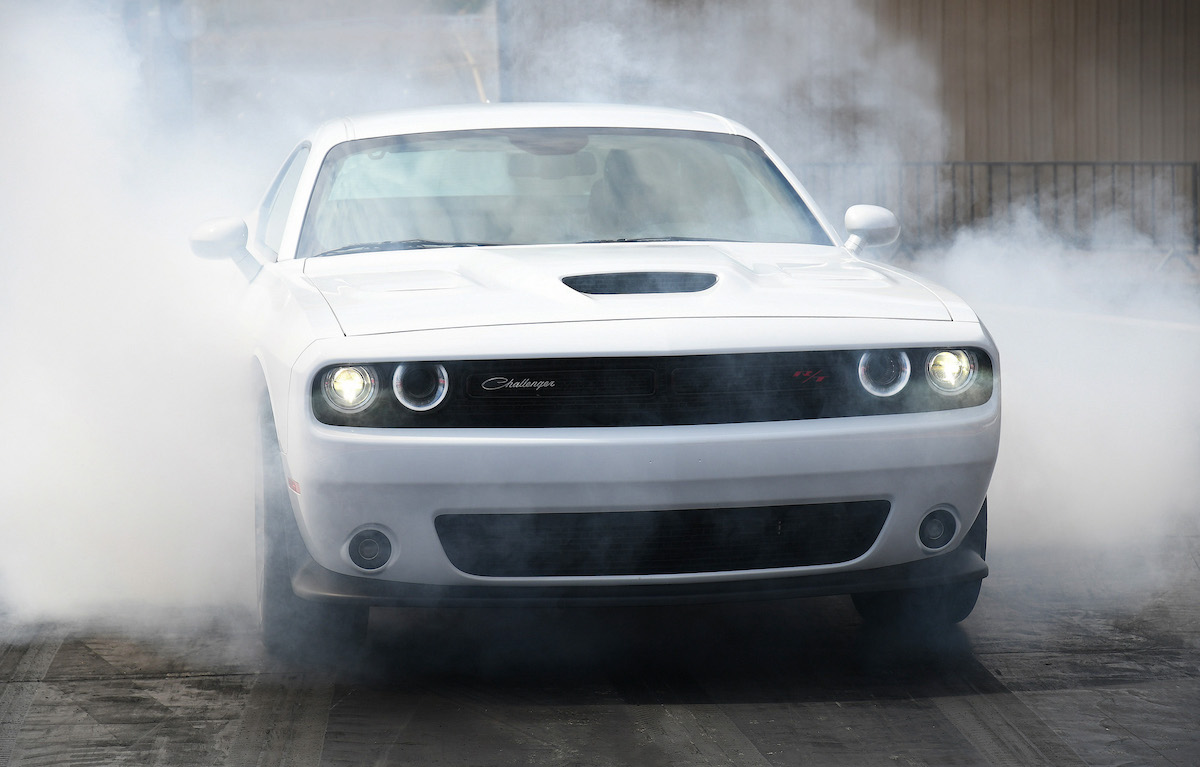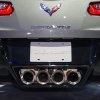
Dodge Challenger: From Glorious to Godawful and Back Again — a History
Americans love a great comeback story, whether it’s a sports team, a person, or even a car. When a model loses its flair, automakers retire it and move on to a new design. But Dodge stuck with the Challenger, making a comeback story possible. Though the Challenger was an embarrassment for several years, its glorious 21st-century return is worthy of a Hollywood script.
How the Dodge Challenger became one of America’s most popular muscle cars

The first 1970 Dodge Challenger models rolled into showrooms in the fall of 1969. They sported the same “E-body,” short-deck, long-hood design as the already-popular Barracuda. But the Challenger offered a stunning selection of nine engine choices, ranging from a 145-hp, 225-cubic-inch inline-six to a thundering 390-hp, 440-cubic-inch V8 and 425-hp Hemi.
During the model’s first five years, Americans eager to get their hands on a muscle car purchased 188,600 Challengers. Then Dodge halted the model’s production in 1974, Stellantis reports.
In 1978, everything changed as the automaker worked to adhere to U.S. Corporate Average Fuel Economy (CAFE) standards. The stellar sales figures of the Challenger’s early years plunged to a dismal 78,000 between 1978 and 1984. For all practical purposes, the Challenger was dead, destined to be nothing more than a short chapter in muscle car history, like the Road Runner and the AMC Javelin.
Dormant but not forgotten, the new Challenger debuted at the North American International Auto Show in Detroit in January 2006. Featuring the LX rear-wheel-drive, Hemi engine, long hood, short deck, and wide stance of the iconic ’70s Challengers, the redesigned model was a success the moment it hit the streets in 2008.
Which Dodge Challenger model years should you avoid?
Stellantis admits the Challenger nosedived in 1978 when Dodge imported a Mitsubishi design. It featured a standard 1.6-liter, 77-hp inline-four engine or an optional 2.6-liter, 105-hp four-cylinder to meet industry fuel consumption standards. The rebrand was an embarrassment to muscle cars.
To say the Challenger has been perfect since its comeback would be misleading. Though most models have been solid, the 2012 Challenger didn’t meet expectations. Electrical problems plagued that model year to the point of earning a CarComplaints.com Severity Rating of 8 out of 10. Additional consumer complaints concern the brakes, interior accessories, body or paint, and windows or windshields.
The Challenger is outdoing itself this time around
The first time around, the Dodge Challenger soared to great heights for five years and then plummeted into the dirt for six.
Since its rebirth, the Challenger saw a steady increase in annual sales from 2008 to 2018. It experienced a slight dip in 2019 and a significant drop in 2020, the latter likely pandemic-related. After three quarters in 2021, Dodge has sold a little over 44,000 units, slightly below the pace of 2019 sales through three quarters, GoodCarBadCar reports.
After the 2018 SRT Demon blew everyone’s doors off with 808 hp and 717 lb-ft of torque, the 2021 Hellcat Redeye and SRT Super Stock are helping re-establish the Challenger’s place among muscle cars, with horsepower ratings between 797 and 807 hp and over 700 lb-ft of torque.
The resurrected Challenger is truly outdoing itself as it rolls into the third decade of the 21st century.
The comeback is complete
The 2000s have welcomed back muscle cars like the GTO, Chevelle, and Barracuda. But the Dodge Challenger had to overcome a major embarrassment to return to where it is today.
With market trends moving toward EVs, predicting the fate of the Challenger — and the entire class of muscle cars — is difficult.
Even if only a few diehard gearheads remain by 2030, no one can deny that the Challenger earned a significant place in muscle car history and staged one of the greatest comebacks ever.


